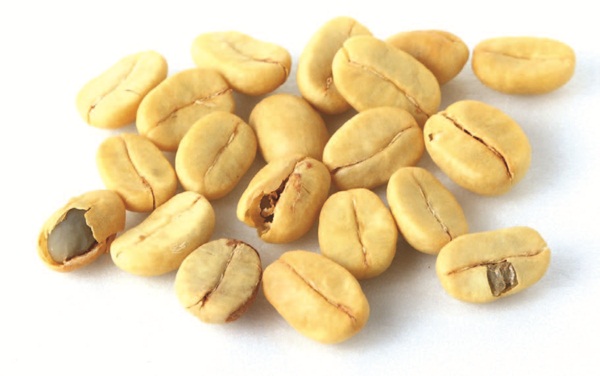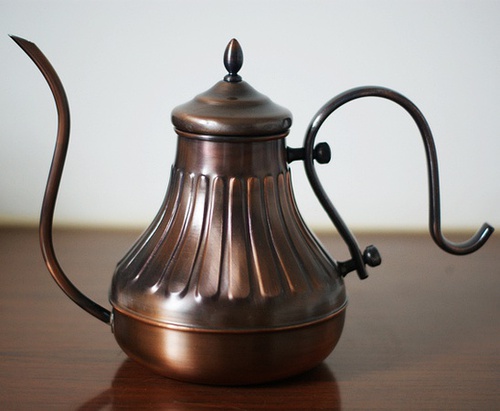The main points of knowledge of coffee beans: a detailed introduction of the shelling process and operation methods of coffee beans

The coffee beans should be ground before they are exported, that is, the endocarp of the coffee beans to be sold should be removed. The residual shell of coffee beans after removal and cleaning of endocarp and drying process is also known as peeling or peeling.
It is more difficult to remove the endocarp of coffee beans during wet treatment than during drying, so different shelling machines are needed. There are mainly two types of machines: friction sheller and compaction sheller. Engelberg and African models of friction shellers are suitable for dry or wet coffee beans: in a cylindrical box, the coffee beans are squeezed between a linear convex tone and a knife, and the shell is scraped by a knife to reveal the beans.
Parchment coffee beans are usually shelled on a Smout friction sheller. Jules Smout is a Belgian and Scottish descendant. He was born in Knesberg, Prussia, and settled in Guatemala. In 1844, he developed a coffee peeling machine with a rotating body with a screw, which rotates in a box with a screw, which rotates in the opposite direction.
When the coffee bean is driven along the rotation, the endocarp is peeled off the coffee bean. Because the rotating body rotates relatively slowly, it produces less heat than other types of shelling machines.
Other shellers include rolling shellers (mainly used for dried coffee beans produced in South America) and crossbar shellers (with knives inside).
In other places except Brazil, the parchment coffee beans are treated with a pressing sheller without rubbing the sheller.
Coffee beans must have moderate water content when shelling, or they may break. The pressing sheller consists of a horizontal disk rotating in a ring, and the edge of the plate is surrounded by an iron needle or rod.
When the machine is running, the coffee bean comes into contact with the iron needle due to the action of centrifugal force, which makes the endocarp shell fall off.
Source:
Wen Honggang's blog
Important Notice :
前街咖啡 FrontStreet Coffee has moved to new addredd:
FrontStreet Coffee Address: 315,Donghua East Road,GuangZhou
Tel:020 38364473
- Prev

Hand brewed coffee knowledge: hand brewing pot, filter cup, water temperature, coffee bean grinding thickness analysis
Hand flushing pot is divided into two kinds: palace fine-mouthed pot, crane mouth brewing pot. A. Court fine spout pot: fine spout brewing pot is the most widely used coffee brewing pot. Its water flow is fine, brewer easy to grasp and control; picture from: old boy coffee bj Baidu album B. Crane mouth brewing pot: this is an extreme manual brewing up to the people dare to try brewing equipment, it for brewers
- Next

The evolution of coffee treatment: water washing, sun exposure and mixed treatment of coffee
Today, we are going to talk about the way coffee is handled. With the development of coffee today, the treatment of raw beans is mainly divided into water washing, sun exposure and the combination of the first two. Honey treatment belongs to the latter. To talk about honey treatment, we have to talk about boiling water washing and sun treatment from the coffee structure and the two oldest treatment methods. Coffee cherry structure from outside to inside: Pu
Related
- What is the meaning of lactic acid fermentation with coffee bean treatment?
- How to judge the state of foam by sound?
- How does the latte pull out the unicorn pattern? Come to get for a little trick to improve the flower pull!
- Will flower pulling affect the taste of the latte?
- Do you know the history of coffee?
- The difference between honey treatment and sun washing what is raisin honey treatment?
- What kind of milk can a novice use to make coffee foam to keep the foam longer? The correct method and skills of milking tutorial sharing
- Why do washed coffee beans taste sour? Flavor characteristics of washed Coffee
- Introduction to the skill of how to practice the size and height of water injection around the circle of hand-brewed coffee
- How do beginners practice coffee flower drawing from scratch?

